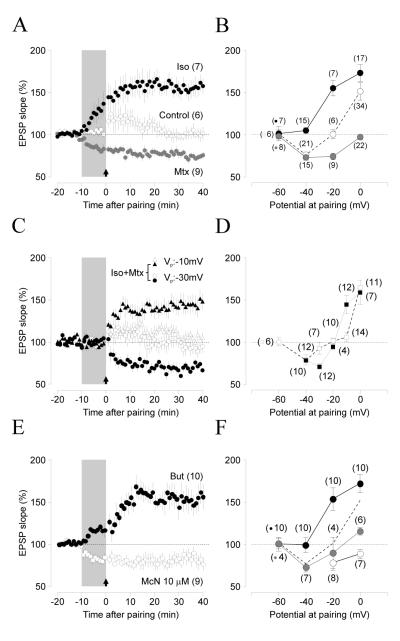Figure 2. Pull-push regulation of LTP/D by Gs- and Gq11/11-coupled receptors.
(A) Pairing at -20 mV induces no net change in EPSP slope in normal ACSF (open circles), but induces LTP in the presence of isoproterenol (10 μM Iso: black circles) or LTD in the presence of methoxamine (5 μM Mtx: gray circles. (B) Pairing at different voltages induces LTD and LTP (measured 30-40 min after pairing) in control ASCF (open circles), but only LTP after bath applied isoproterenol (black circles), and only LTD after applied methoxamine (gray circles). (C) Pairing at -10 mV (open triangles) and -30 mV (open circles) induce little change in normal ACSF, but induce LTP and LTD after co-application of 10 μM isoproterenol and 5 μM methoxamine (black triangles and circles). (D) Co-application of isoproterenol and methoxamine enhances bi-directional changes (Iso+Mtx: black symbols; control: open symbols). (E-F) LTP-only plasticity also results after activation of the Gs-coupled PGE2 receptor with Butaprost (10 μM: black circles), whereas LTD-only plasticity results after bath application of the Gq11-coupled M1 receptor agonist McN (3 μM: grey circles; 10μM: open circles). The number of experiments is indicated in parentheses.

